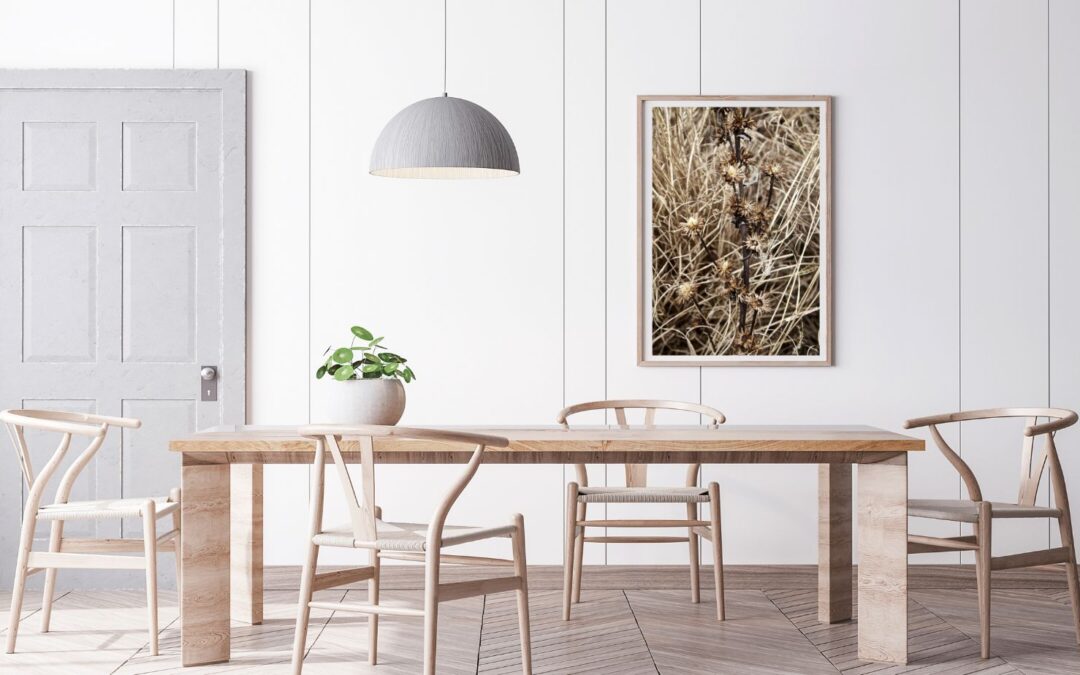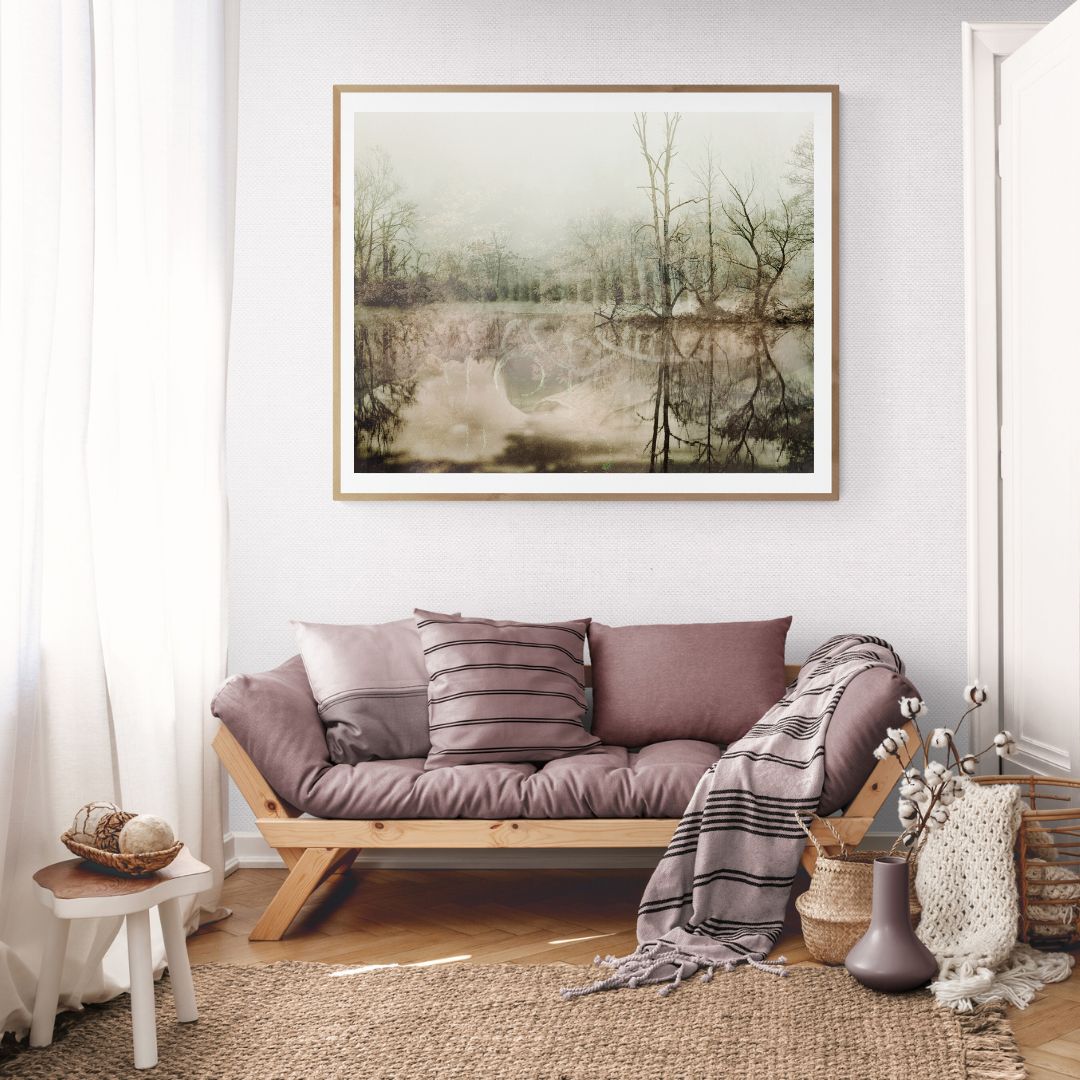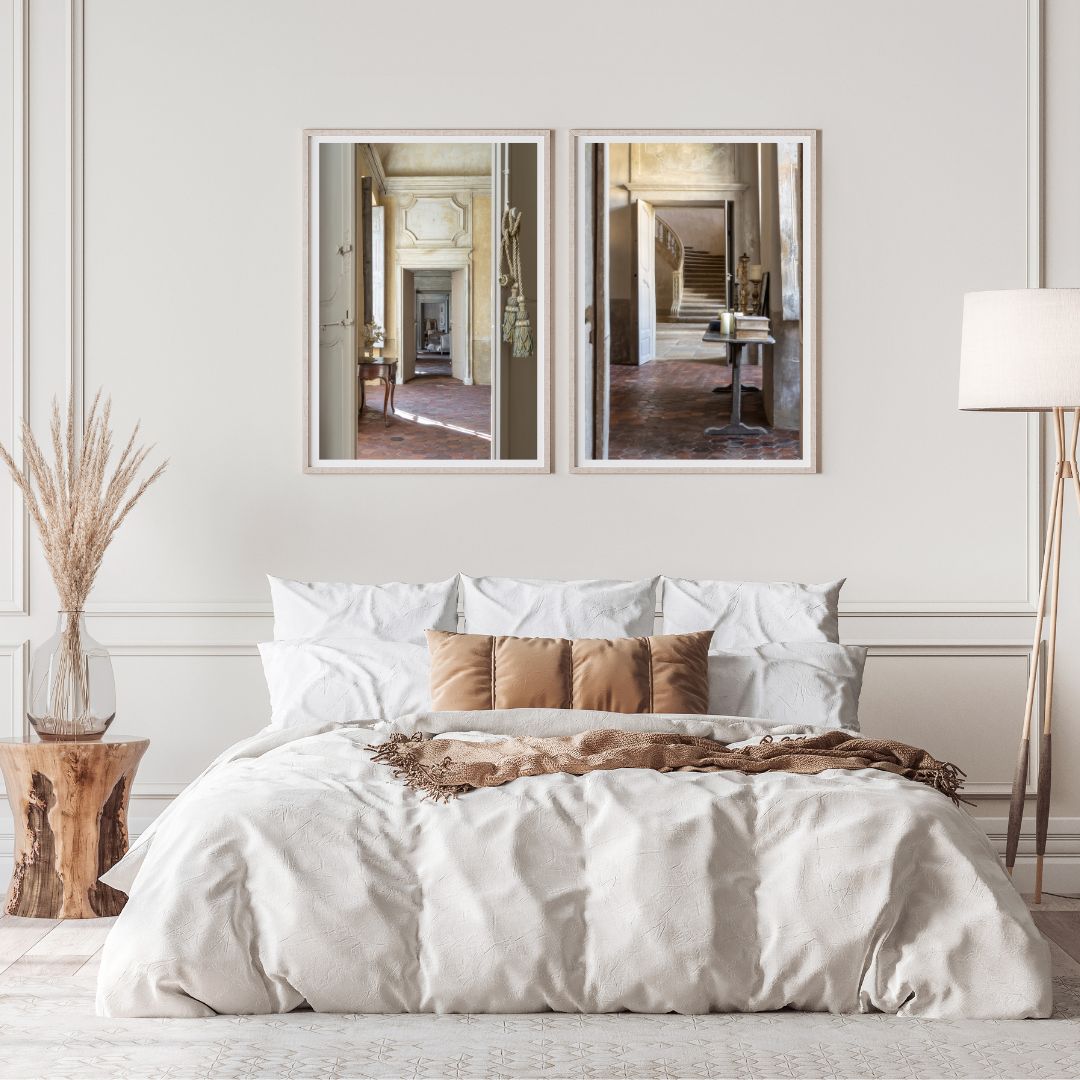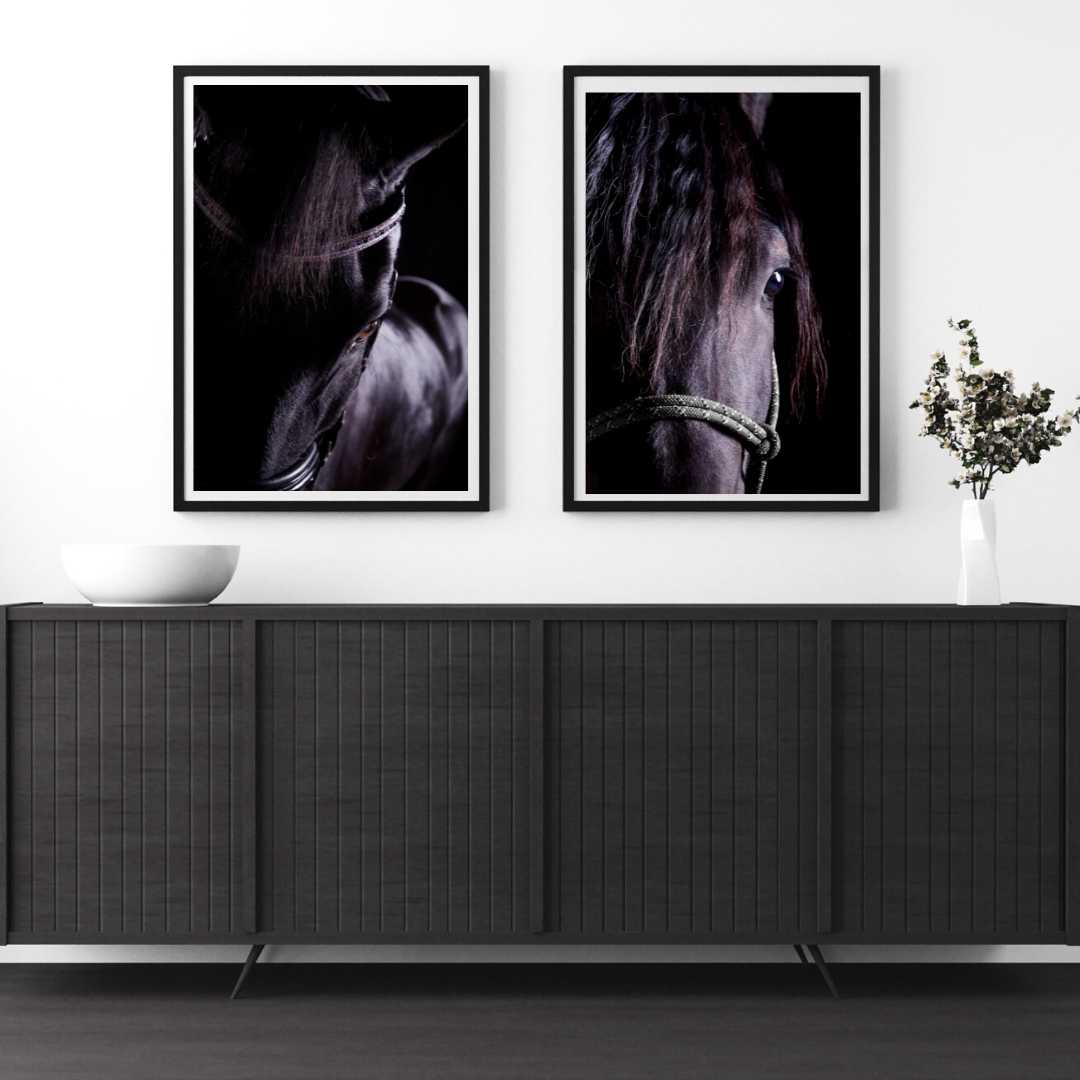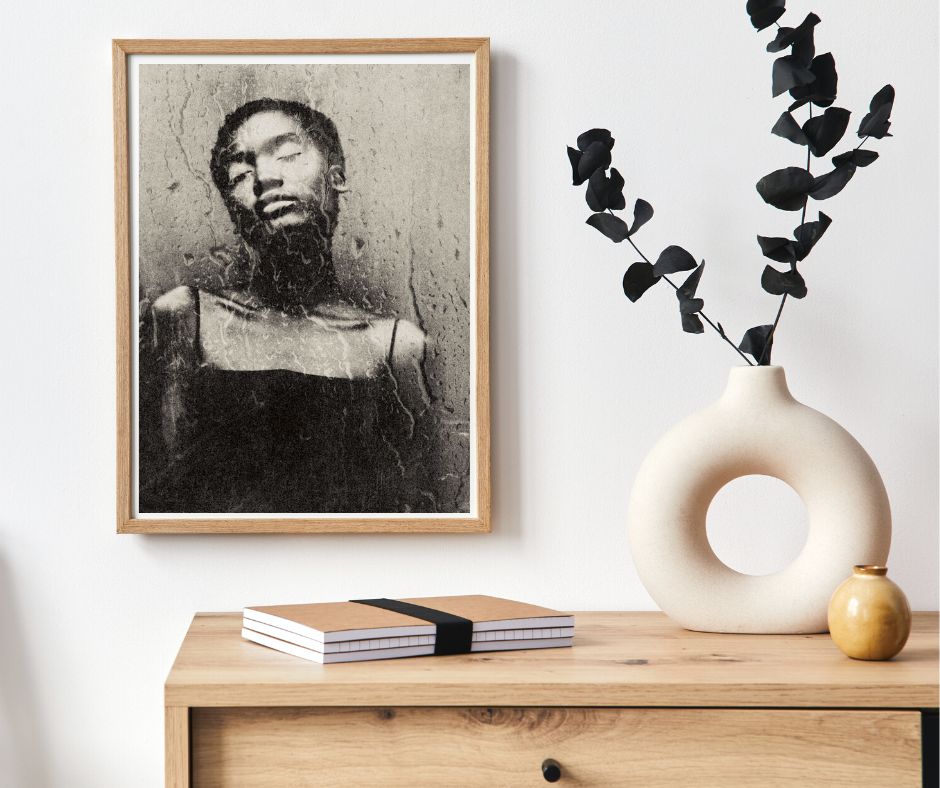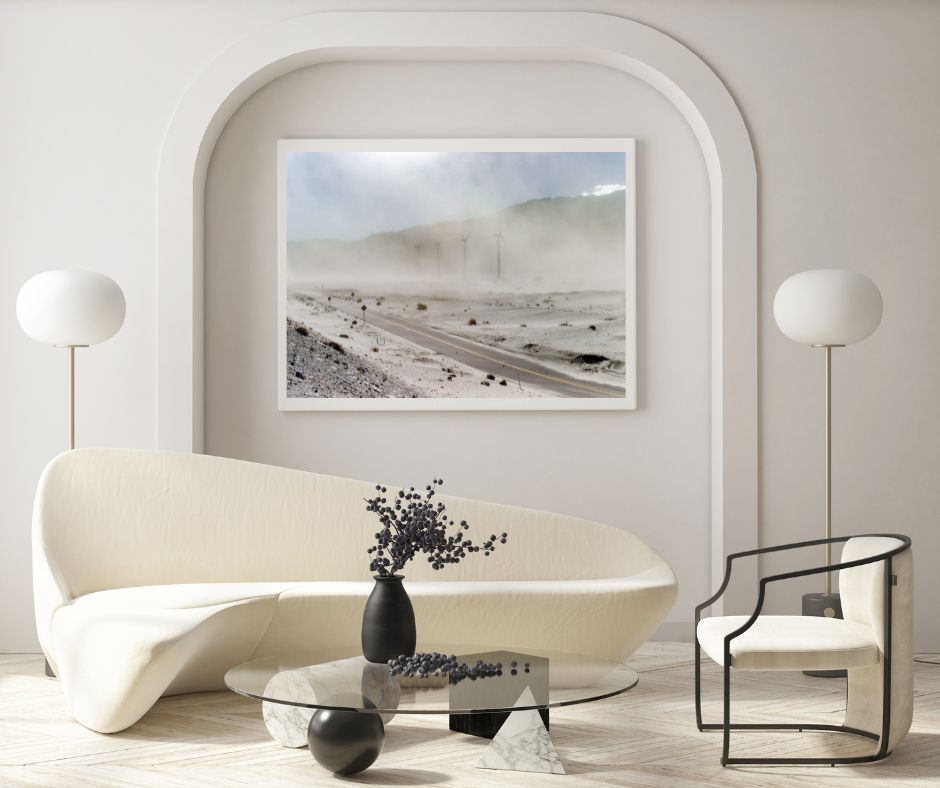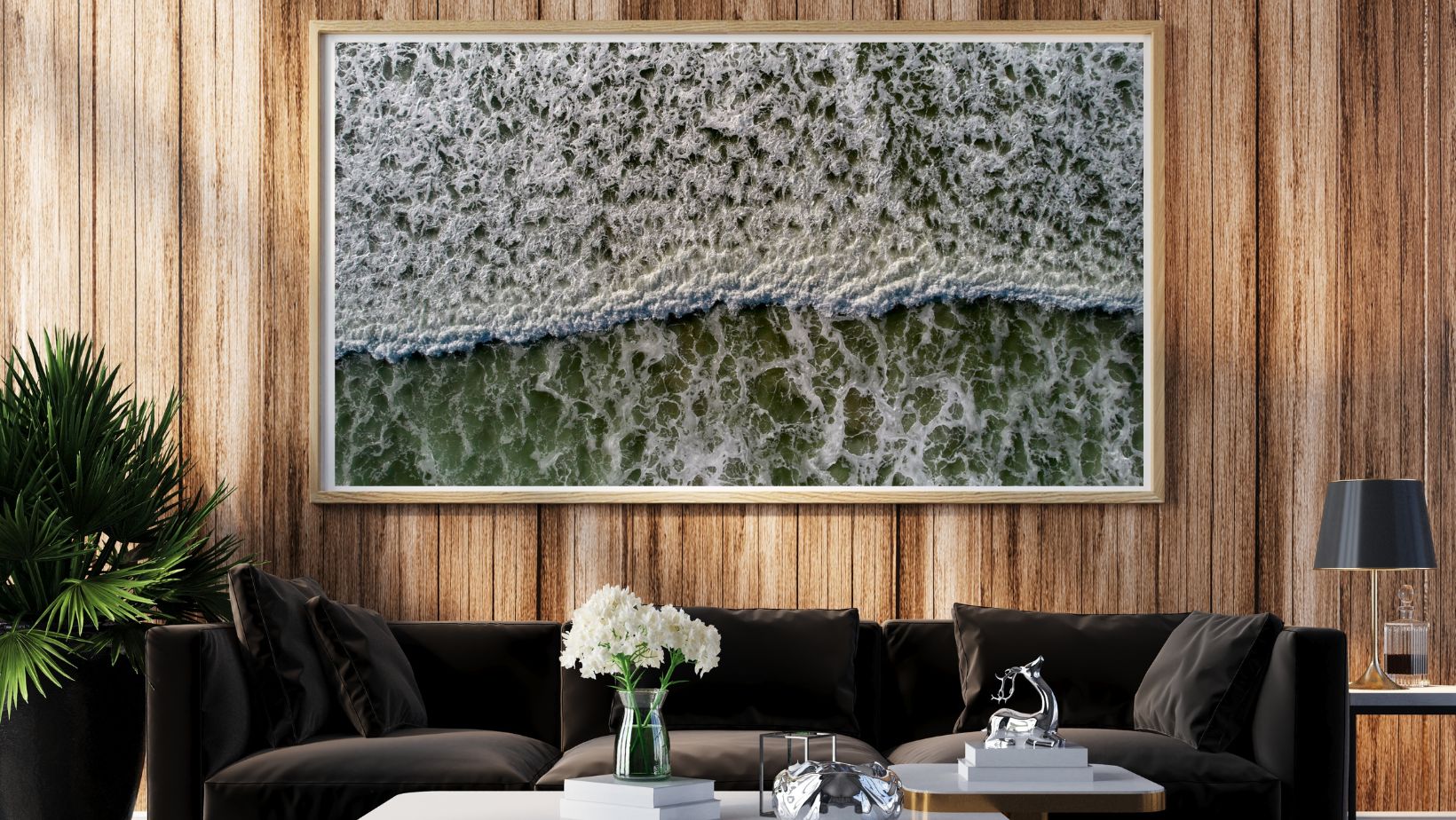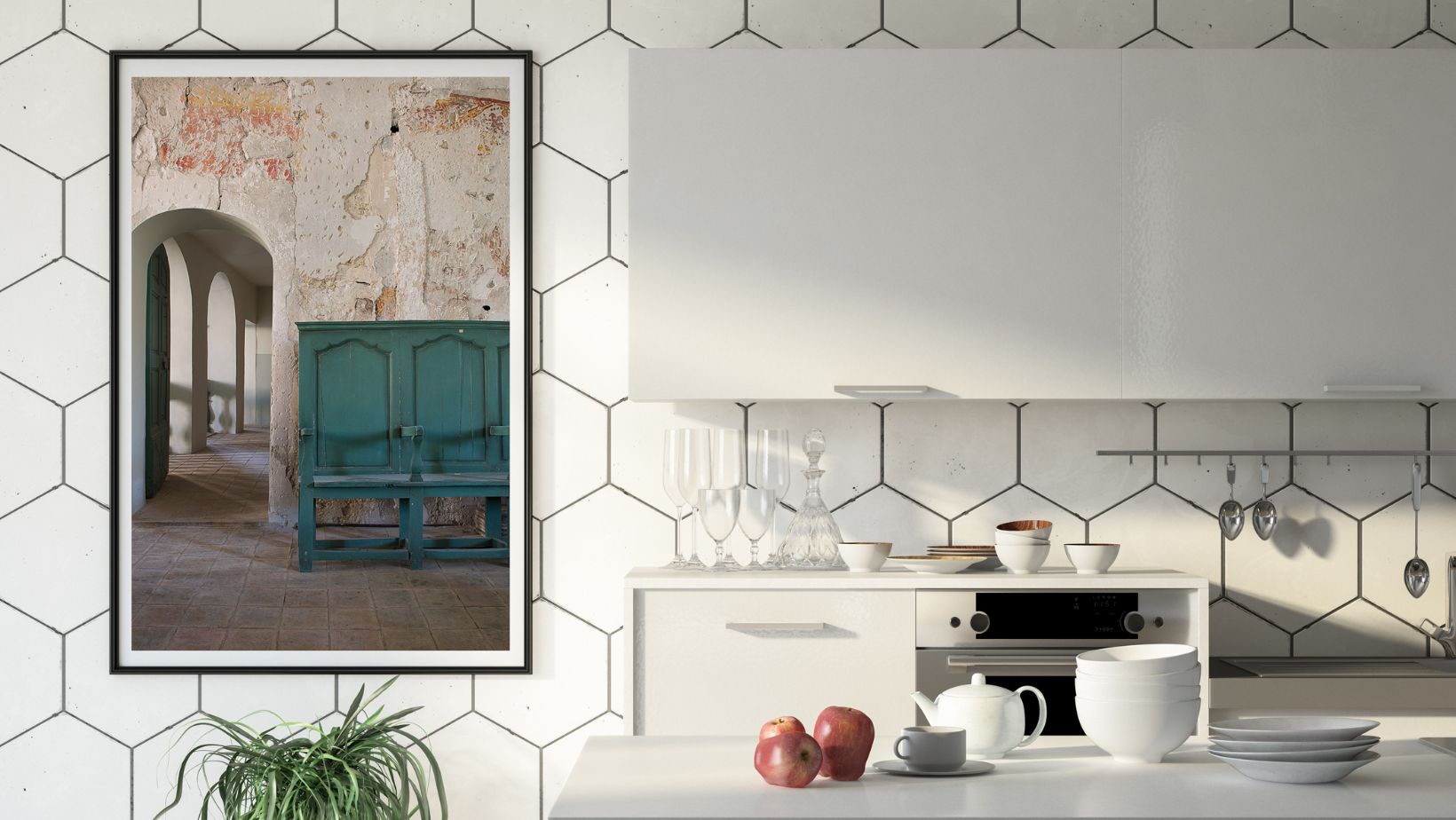
How to care for a print
I would recommend you bring the print, still in its unopened tube, straight to a framer when you get it. This will ensure it is properly manipulated right from the start.
Taking into account human nature, the most realistic thing that will happen is that you will open the tube and unroll your print yourself – no judgment here, everyone loves opening presents! If you do, please keep in mind these tips on how to care for your print.
Be mindful when manipulating it and wear soft cotton gloves. You might feel silly doing so but gloves are a must to avoid leaving marks, scratches or fingerprints.
Bring it to a framer as soon as you can. Don’t keep your print rolled up in its tube for too long as it can damage it over time. Besides, art should be seen and enjoyed!
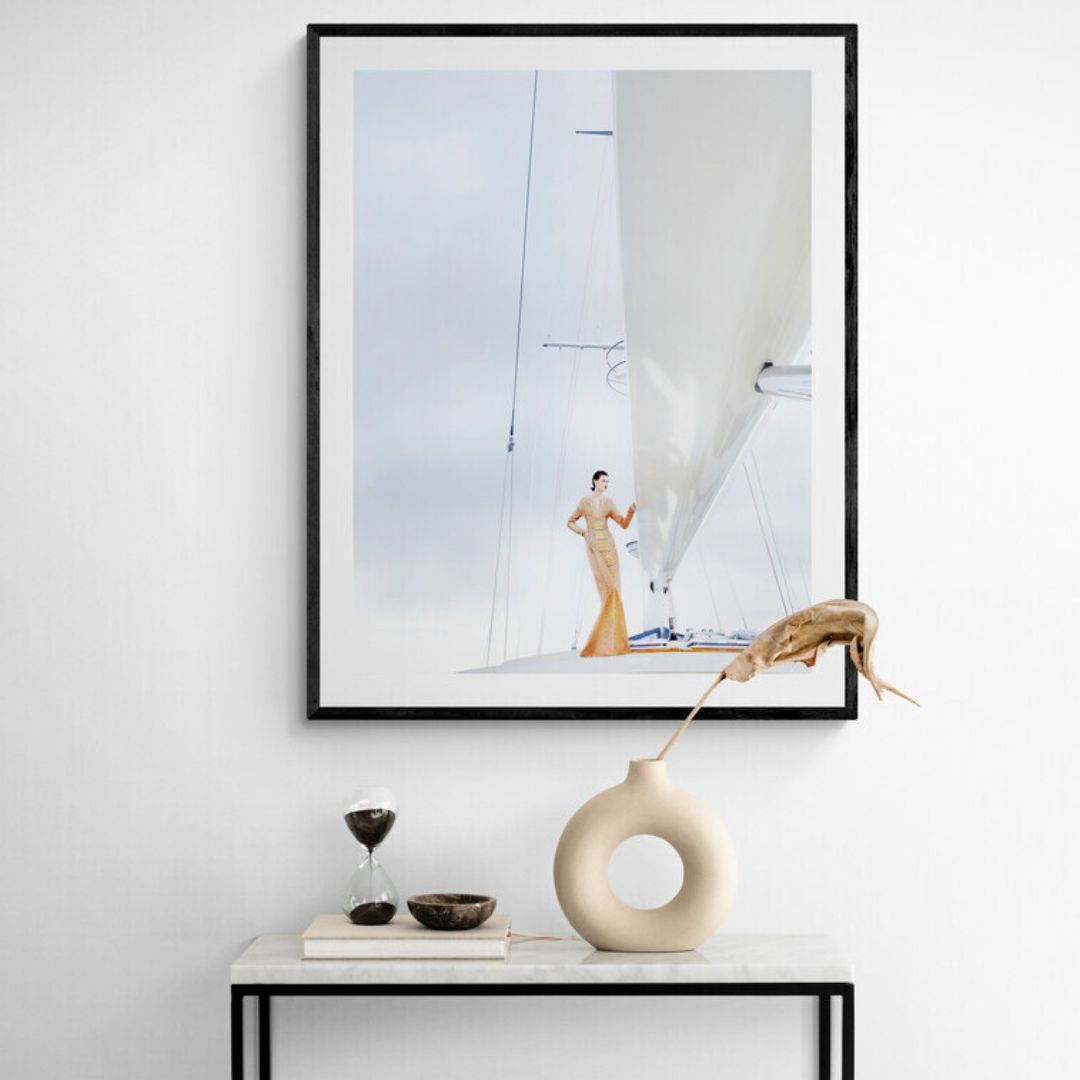

Museum glass (or museum plexiglass) offers the ultimate protection against UV while having no reflection or glare (I don’t know how they do that, it’s magic!). It’s more expensive than regular glass/plexiglass but infinitely better (at least, for people who share my pet peeve).

PRO TIP #2: Finally, dust it when needed. Simply use a soft cloth and computer screen cleaner to wipe the front of the frame and glass and enjoy your art for years to come.
If you missed it, read about how to choose the right size for your print(s) here. And find advice on how to hang them here.
There you have it! Tag us on social so we can see how your print looks in your home. Cheers!
#AureliesGallery and @aurelies_gallery
